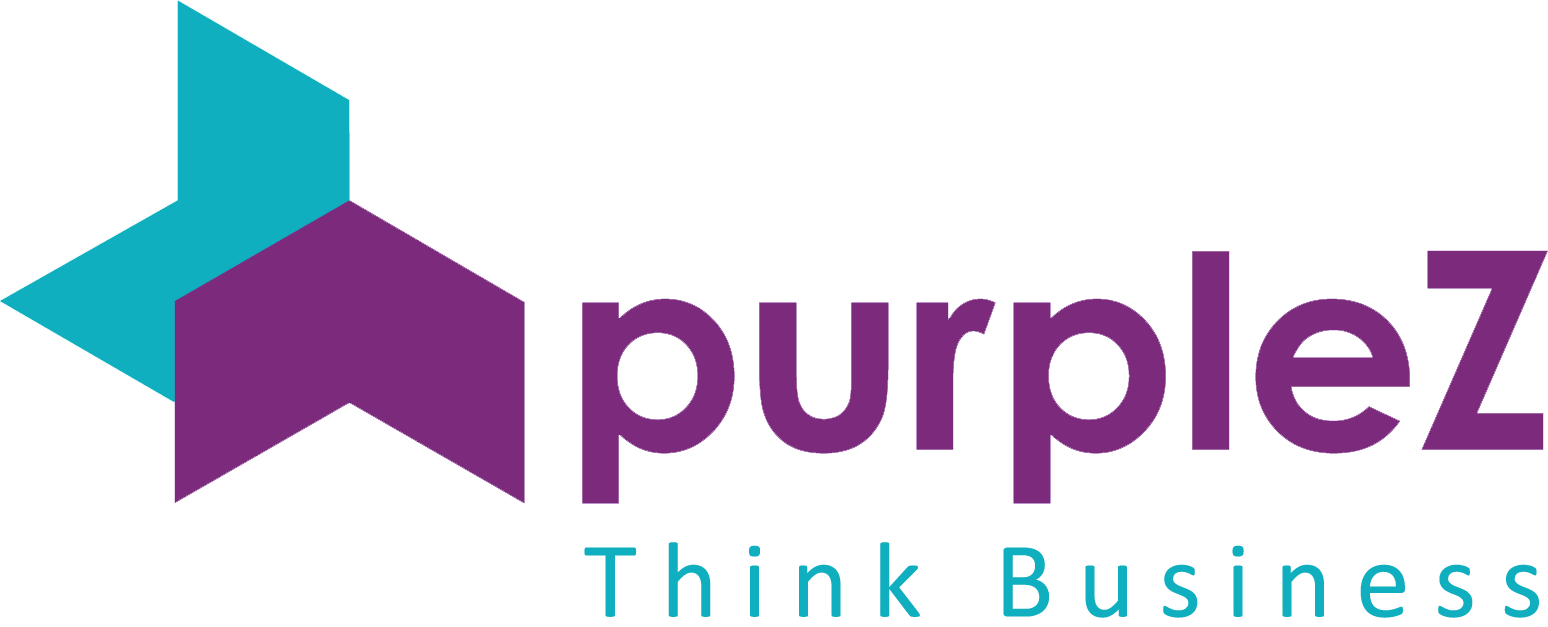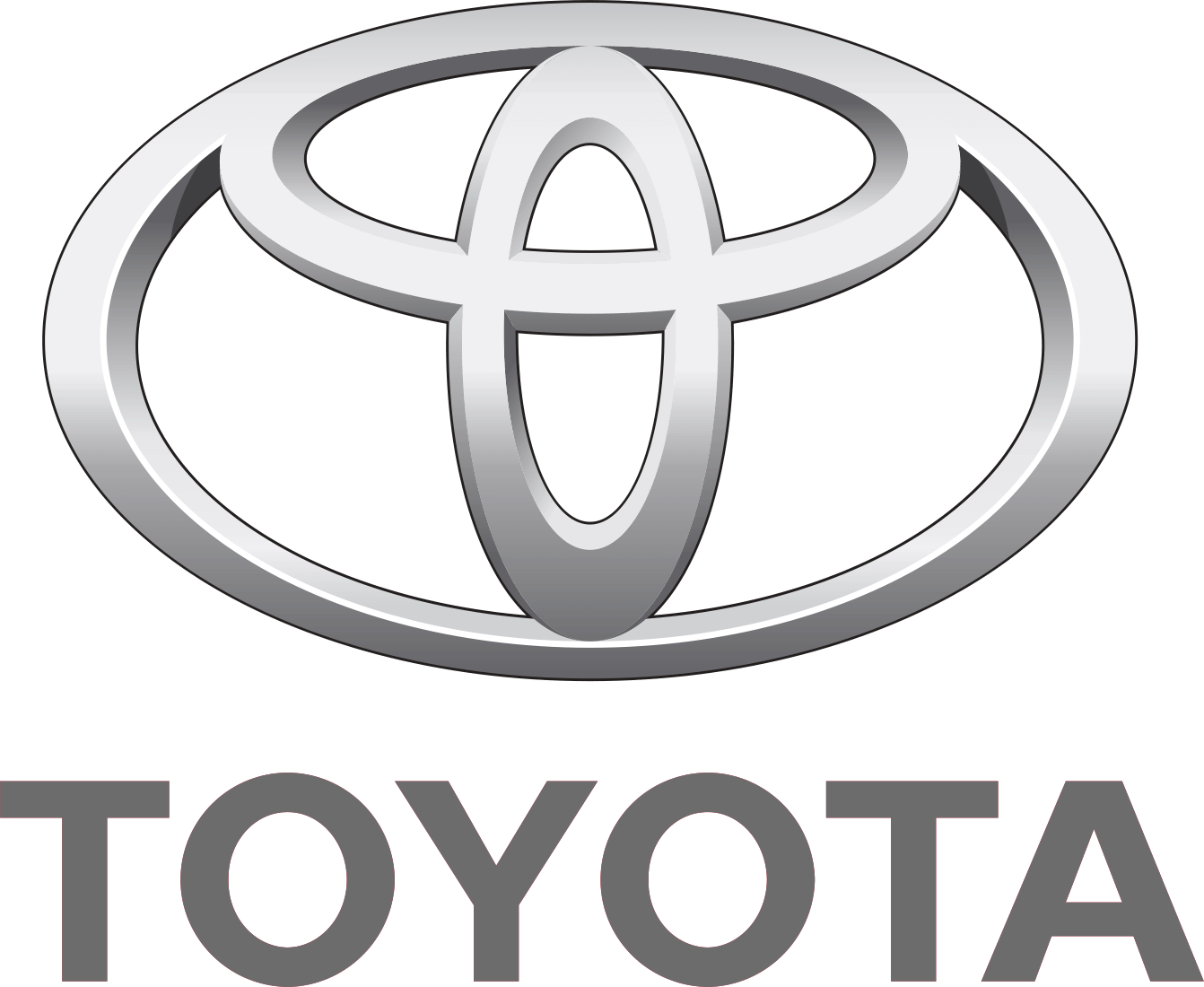PurpleZ, as a powerful product development strategy provider Company in Irvine, implements a product roadmap to set out the vision and direction of your product. A roadmap is a strategic guide and a product strategy plan. Using a product roadmap enhances performance, increases customer satisfaction, revenue, and optimization, and improves security. What we do in the road mapping process includes generating goals for a specific period, identifying the problems, aligning with your internal teams and stakeholders, defining metrics of success, and prioritizing the product roadmap.
Brainstorming and generating ideas for a new product or service. This is the starting point in the product development process and involves gathering input from various stakeholders, such as customers, employees, and industry experts.
Designing the product, developing detailed engineering plans, and creating prototypes. This also includes testing the prototypes to ensure that the product meets all requirements.
Evaluating potential ideas and refining them into product concepts. This includes researching the market, developing an understanding of customer needs, and creating detailed product specifications.
Monitoring the product’s performance and evaluating customer feedback. This helps to understand the success of the product and identify areas for improvement.

Why Do You Need a Successive Product Strategy For Marketing?
A product strategy is a necessary plan that helps you accomplish your goals when thinking about starting a career. While it can lead you to outstanding achievements if moving appropriately, it can also fall your whole plan apart. That is why you need a professional team to design the strategy for your marketing.
First of all, there are several vital objectives you should consider before setting a product strategy up.
Vision Of The Market
The most important thing is to know who will use your product or services so you can target your customers and their desires.
Spot The Hunger
Every market has its own needs and interests. To fulfill that, you need to find out what customers demand at the moment.
The Goals
A product strategy without a final goal worths nothing. There must be a metric to determine whether you have succeeded in your plan or not, so set this before you start.
Business Models
Business models are necessary to understand the problems, solutions, growth, and other aspects of your product strategy. There are many different types of models, such as Lean Canvas, 10Ps Marketing Matrix, and Porter’s Five Forces. All models include an exclusive algorithm you can use.
Different Types of Product Strategies
Not all the products strategies are the same. It is up to you to choose which plan will lead you to a better result. The most popular types you may want to consider are as follows”
1. Cost Strategy
It focuses on the lowest price possible to sell more. You may consider this kind of strategy for low-effort products that the brands are not matters among customers.
2. Focus Strategy
This strategy is an effective one for large customer-based companies that want to gain their older clients’ loyalty while recruiting new ones by creating new products for those specific groups.
3. Quality Strategy
Quality strategy exclusively focuses on creating some spectacular products with the highest quality possible. It aims at unique customers who are not afraid of expensive costs, and the only thing that matters to them is the quality of the product.
4. Service Strategy
To lots of customers, the services you offer are more important than the product itself. To attract these kinds of clients, you must provide different types of after-sale services.
If you are wondering now which kinds of product strategies suit your market better, you should not worry; That is the exact reason we are here.
A product development strategy is a critical component of any successful business. However, many companies must focus more on developing an efficient and effective product development strategy in their day-to-day operations.
The benefits of having a well-executed product development strategy include increased efficiency and smarter decision-making throughout the process. By utilizing our services as part of your overall product development strategy, we can ensure you’re working smarter instead of harder!
Knowing Your Customers
- This is the most basic step in product development strategy, and it’s also the most important. The first question you have to ask yourself is who your customers are. Once you know that, identify their needs and wants so that you can build a product around them that solves those problems or meets those desires.
- Know your competitors’ products and services as well as their strengths and weaknesses compared with yours–and then make sure that yours has the edge over them (or at least some unique features).
- Get familiar with the market in general: how large it is, what trends are influencing its growth or decline right now (and which ones will continue), whether there are any barriers preventing people from entering this market space at all (e.,g., high entry costs). You’ll want this information so that when making decisions about pricing strategy later on down the line during the development process, we can calculate whether we’re offering value propositions based on current market conditions rather than guessing blindly!
Market Segmentation
Market segmentation divides a market into subgroups and targets each group with specific products or services. This can be done based on demographics, psychographics, or geographic location.
Market segmentation helps you define your target customer, know your competition and understand the market trends. It also helps you understand what customers need so that you can provide them with it better than anyone else in that area or region.
Product Requirements Analysis
To develop the right product, you need to understand your audience. You also need to know what they’re looking for in a product, how they use it, and what they expect. This will give you an idea of what features are important for your target audience and their technical requirements, competition, and legal requirements, if any exist.
Once you’ve done this research, define what makes your product unique compared with similar products today (or coming soon). This step defines its value proposition: Why should anyone buy yours over someone else’s? It doesn’t have to be complicated; make sure that whatever feature or benefit makes it stand out from similar offerings stands up under scrutiny when putting side-by-side with those other options available today or soon after the launch date for new products entering markets where competition already exists.”
Product Testing and Validation
Product testing and validation are critical parts of the product development process. It’s important to test your product before launching it, as this will help you identify any issues or concerns that may arise with your customers.
You can do so by testing on various audiences:
- A group of people who have never used your service before (a control group)
- Current users of your service
A well-executed product development strategy will help you work smarter, not harder.
A well-executed product development strategy will help you work smarter, not harder. It will help you identify the right customers and market segments to focus on, then build a product that meets those needs.
In addition to making sure that your products achieve their goals, here are some other benefits of having an effective product development strategy:
- It helps guide every step of the process, from ideation through execution, so that everything gets noticed in translation along the way.
- Your team can focus on what matters most at any given time rather than getting distracted by unnecessary meetings or features.
Conclusion
A product development strategy is essential for any company that wants to grow and succeed. It can analyze markets, identify customer needs, and create products people love. Developing a strategy isn’t easy, but it’s worth it when you consider all the time and resources it could save your business in the long run.
Just call us at +1 (800) 213-7303 right now and leave everything else to PurpleZ’s expert team.


























